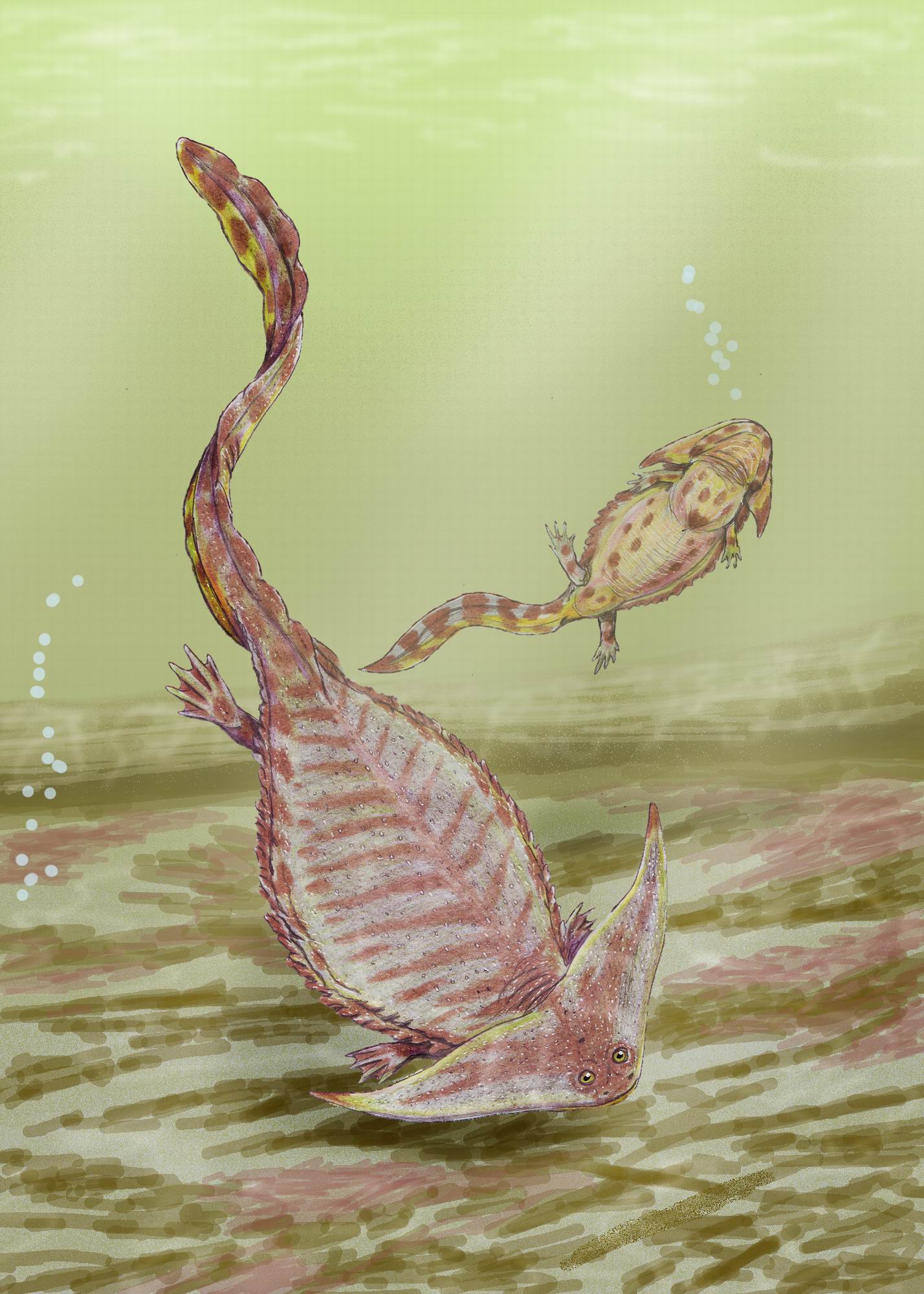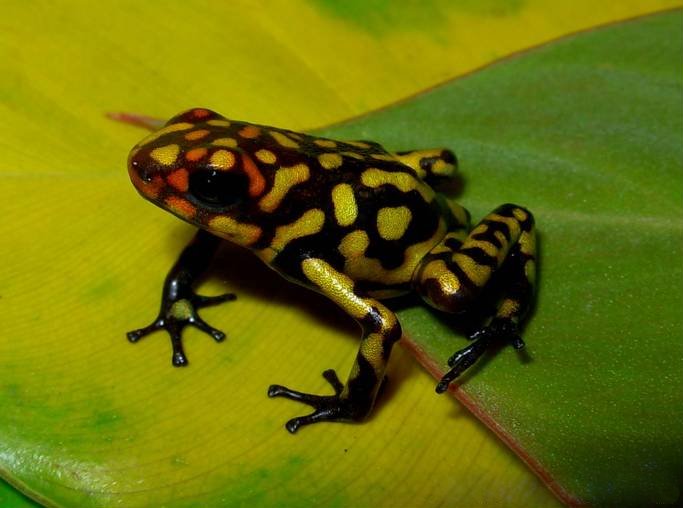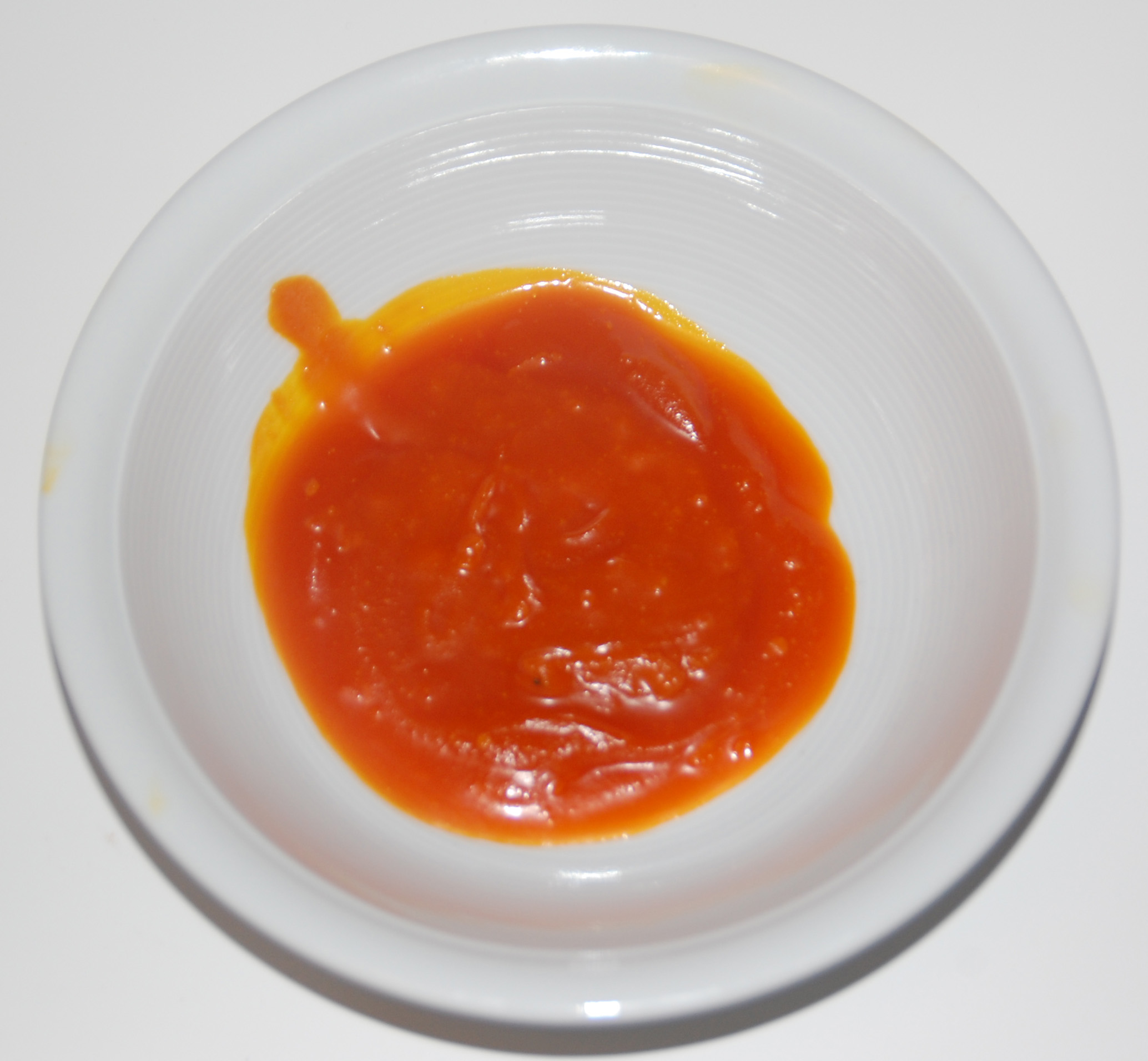|
Granular Poison Frog
The granular poison frog or granular poison arrow frog (''Oophaga granulifera'') is a species of frog in the family Dendrobatidae, found in Costa Rica and Panama. Originally described as ''Dendrobates granuliferus'', it was moved to ''Oophaga'' in 1994. Its natural habitats are tropical humid lowland forests; it is threatened by habitat loss. Description The granular poison frog is a small frog with slender limbs growing to about . Its skin is finely granulated and its colour is typically bright orange head, body and upper arms and bluish-green underparts, legs and lower arms. In the vicinity of Quepos, Costa Rica, there is a colour morph in which the orange colour is replaced with olive green. Distribution and habitat The granular poison frog is native to Costa Rica and Panama. Its range extends from southwestern Costa Rica through the adjacent area of south-western Panama at heights of up to above sea level. It also occurs in Piedras Blancas National Park in south-eastern Co ... [...More Info...] [...Related Items...] OR: [Wikipedia] [Google] [Baidu] [Amazon] |
Edward Harrison Taylor
Edward Harrison Taylor (April 23, 1889 – June 16, 1978) was an American herpetologist from Missouri. Early life Taylor was born in Maysville, Missouri, to George and Loretta Taylor. He had an older brother, Eugene. Taylor studied at the University of Kansas in Lawrence, Kansas, graduating with a B.A. in 1912. Field trips during his time at the University of Kansas with Dr. Clarence McClung and Dr. Roy Moody helped prepare Taylor for his future endeavors. Between 1916 and 1920 he returned briefly to Kansas to finish his M.A. Career Upon completing his bachelor's degree, Taylor went to the Philippines, where at first he held a teacher's post in a village in central Mindanao, in the Industrial School for Manobo now known as the Agusan del Sur State College of Agriculture and Technology (ASSCAT). He collected and studied the local herpetofauna extensively and published many papers. He returned to the Philippines after completing his master's degree and was appointed Chief of ... [...More Info...] [...Related Items...] OR: [Wikipedia] [Google] [Baidu] [Amazon] |
Aposematic
Aposematism is the Advertising in biology, advertising by an animal, whether terrestrial or marine, to potential predation, predators that it is not worth attacking or eating. This unprofitability may consist of any defenses which make the prey difficult to kill and eat, such as toxicity, venom, foul taste or smell, sharp spines, or aggressive nature. These advertising signals may take the form of conspicuous animal coloration, coloration, sounds, odours, or other perception, perceivable characteristics. Aposematic Signalling theory, signals are beneficial for both predator and prey, since both avoid potential harm. The term was coined in 1877 by Edward Bagnall Poulton for Alfred Russel Wallace's concept of warning coloration. Aposematism is exploited in Müllerian mimicry, where species with strong defences evolve to resemble one another. By mimicking similarly coloured species, the warning signal to predators is shared, causing them to learn more quickly at less of a cost. ... [...More Info...] [...Related Items...] OR: [Wikipedia] [Google] [Baidu] [Amazon] |
Amphibians Described In 1958
Amphibians are ectothermic, anamniotic, four-limbed vertebrate animals that constitute the class Amphibia. In its broadest sense, it is a paraphyletic group encompassing all tetrapods, but excluding the amniotes (tetrapods with an amniotic membrane, such as modern reptiles, birds and mammals). All extant (living) amphibians belong to the monophyletic subclass Lissamphibia, with three living orders: Anura (frogs and toads), Urodela (salamanders), and Gymnophiona (caecilians). Evolved to be mostly semiaquatic, amphibians have adapted to inhabit a wide variety of habitats, with most species living in freshwater, wetland or terrestrial ecosystems (such as riparian woodland, fossorial and even arboreal habitats). Their life cycle typically starts out as aquatic larvae with gills known as tadpoles, but some species have developed behavioural adaptations to bypass this. Young amphibians generally undergo metamorphosis from an aquatic larval form with gills to an air-breathing a ... [...More Info...] [...Related Items...] OR: [Wikipedia] [Google] [Baidu] [Amazon] |
Amphibians Of Panama
This is a list of amphibians found in Panama. 205 amphibian species have been registered in Panama, which are grouped in 3 orders: Caecilians (Gymnophiona), Salamanders (Caudata) and Frogs and Toads (Anura). This list is derived from the database listing of AmphibiaWeb.AmphibiaWeb 2012 25 species are critically endangered(CR), 16 species are endangered (EN) and 6 species are vulnerable (VU). One species has recently (September 2016) gone extinct with the last individual in captivity dying, and with not a single specimen seen nor heard in the wild for over a decade. Several other species might also be extinct with no specimen found for decades. The following tags are used to highlight specific species' conservation status as assessed by the IUCN: Caecilians (Gymnophiona) Caeciliidae Order: Gymnophiona. Family: Caeciliidae *'' Caecilia isthmica'' (DD) *'' Caecilia leucocephala'' (LC) *'' Caecilia nigricans'' (LC) *'' Caecilia tentaculata'' (LC) *'' Caecilia volcani'' (DD) ... [...More Info...] [...Related Items...] OR: [Wikipedia] [Google] [Baidu] [Amazon] |
Amphibians Of Costa Rica
Amphibians are ectothermic, anamniotic, four-limbed vertebrate animals that constitute the class Amphibia. In its broadest sense, it is a paraphyletic group encompassing all tetrapods, but excluding the amniotes (tetrapods with an amniotic membrane, such as modern reptiles, birds and mammals). All extant (living) amphibians belong to the monophyletic subclass Lissamphibia, with three living orders: Anura (frogs and toads), Urodela (salamanders), and Gymnophiona (caecilians). Evolved to be mostly semiaquatic, amphibians have adapted to inhabit a wide variety of habitats, with most species living in freshwater, wetland or terrestrial ecosystems (such as riparian woodland, fossorial and even arboreal habitats). Their life cycle typically starts out as aquatic larvae with gills known as tadpoles, but some species have developed behavioural adaptations to bypass this. Young amphibians generally undergo metamorphosis from an aquatic larval form with gills to an air-breathing ad ... [...More Info...] [...Related Items...] OR: [Wikipedia] [Google] [Baidu] [Amazon] |
Aposematic Species
Aposematism is the advertising by an animal, whether terrestrial or marine, to potential predators that it is not worth attacking or eating. This unprofitability may consist of any defenses which make the prey difficult to kill and eat, such as toxicity, venom, foul taste or smell, sharp spines, or aggressive nature. These advertising signals may take the form of conspicuous coloration, sounds, odours, or other perceivable characteristics. Aposematic signals are beneficial for both predator and prey, since both avoid potential harm. The term was coined in 1877 by Edward Bagnall Poulton for Alfred Russel Wallace's concept of warning coloration. Aposematism is exploited in Müllerian mimicry, where species with strong defences evolve to resemble one another. By mimicking similarly coloured species, the warning signal to predators is shared, causing them to learn more quickly at less of a cost. A genuine aposematic signal that a species actually possesses chemical or physic ... [...More Info...] [...Related Items...] OR: [Wikipedia] [Google] [Baidu] [Amazon] |
Frogs Of North America
This is a checklist of amphibians found in Northern America, based mainly on publications by the Society for the Study of Amphibians and Reptiles. The information about range and status of almost all of these species can be found also for example in the IUCN Red List of Threatened Species site. It includes all species of Bermuda, Canada, Greenland, Saint Pierre and Miquelon, and the United States* alien species Summary of 2006 IUCN Red List categories. Conservation status – IUCN Red List of Threatened Species: : – extinct, – extinct in the wild : – critically endangered, – endangered, – vulnerable : – near threatened, – least concern : – data deficient, – not evaluated :(v. 2013.2, the data are current as of March 5, 2014) and Endangered Species Act: : – endangered, – threatened :, – experimental nonessential or essential population :, – endangered or threatened due to similarity of appearance :(the data are current as of March 28, 2014) Order ... [...More Info...] [...Related Items...] OR: [Wikipedia] [Google] [Baidu] [Amazon] |
Oophaga
''Oophaga'' is a genus of poison-dart frogs containing twelve species, many of which were formerly placed in the genus ''Dendrobates''. The frogs are distributed in Central and South America, from Nicaragua south through the El Chocó to northern Ecuador (at elevations below ). Their habitats vary with some species being arboreal while other being terrestrial, but the common feature is that their tadpoles are Oophagy, obligate egg feeders. Most species in this genus are seriously threatened and ''Splendid poison frog, O. speciosa'' is already extinct. Etymology ''Oophaga'', Greek for "egg eater" (''oon'', '), is descriptive of the tadpoles' diet.Zimmermann, E. and Zimmermann, H. 1994. ''Reproductive strategies, breeding, and conservation of tropical frogs: dart-poison frogs and Malagasy poison frogs''. In: J.B. Murphy, K. Adler and J.T. Collins (eds), Captive management and conservation of amphibians and reptiles, pp. 255-266. Society for the Study of Amphibians and Reptiles, Ith ... [...More Info...] [...Related Items...] OR: [Wikipedia] [Google] [Baidu] [Amazon] |
Palm Oil
Palm oil is an edible vegetable oil derived from the mesocarp (reddish pulp) of the fruit of oil palms. The oil is used in food manufacturing, in beauty products, and as biofuel. Palm oil accounted for about 36% of global oils produced from oil crops in 2014. Palm oils are easier to stabilize and maintain quality of flavor and consistency in ultra-processed foods, so they are frequently favored by food manufacturers. Globally, humans consumed an average of of palm oil per person in 2015. Demand has also increased for other uses, such as cosmetics and biofuels, encouraging the growth of palm oil plantations in tropical countries. The mass production of palm oil in the tropics has attracted the concern of environmental and human rights groups. The palm oil industry is a significant contributor to deforestation in the tropics where palms are grown and has been cited as a factor in social problems due to allegations of human rights violations among growers. In 2018, a repor ... [...More Info...] [...Related Items...] OR: [Wikipedia] [Google] [Baidu] [Amazon] |
Vulnerable Species
A vulnerable species is a species which has been Conservation status, categorized by the International Union for Conservation of Nature as being threatened species, threatened with extinction unless the circumstances that are threatened species, threatening its survival and reproduction improve. Vulnerability is mainly caused by habitat loss or destruction of the species' home. Vulnerable habitat or species are monitored and can become increasingly threatened. Some species listed as "vulnerable" may be common in captivity (animal), captivity, an example being the military macaw. In 2012 there were 5,196 animals and 6,789 plants classified as vulnerable, compared with 2,815 and 3,222, respectively, in 1998. Practices such as cryoconservation of animal genetic resources have been enforced in efforts to conserve vulnerable breeds of livestock specifically. Criteria The International Union for Conservation of Nature uses several criteria to enter species in this category. A taxon ... [...More Info...] [...Related Items...] OR: [Wikipedia] [Google] [Baidu] [Amazon] |
IUCN
The International Union for Conservation of Nature (IUCN) is an international organization working in the field of nature conservation and sustainable use of natural resources. Founded in 1948, IUCN has become the global authority on the status of the natural world and the measures needed to safeguard it. It is involved in data gathering and Data analysis, analysis, research, field projects, advocacy, and education. IUCN's mission is to "influence, encourage and assist societies throughout the world to conserve nature and to ensure that any use of natural resources is equitable and ecologically sustainable". Over the past decades, IUCN has widened its focus beyond conservation ecology and now incorporates issues related to sustainable development in its projects. IUCN does not itself aim to mobilize the public in support of nature conservation. It tries to influence the actions of governments, business and other stakeholders by providing information and advice and through buildin ... [...More Info...] [...Related Items...] OR: [Wikipedia] [Google] [Baidu] [Amazon] |
Poison
A poison is any chemical substance that is harmful or lethal to living organisms. The term is used in a wide range of scientific fields and industries, where it is often specifically defined. It may also be applied colloquially or figuratively, with a broad sense. Whether something is considered a poison or not may depend on the amount, the circumstances, and what living things are present. Poisoning could be accidental or deliberate, and if the cause can be identified there may be ways to neutralise the effects or minimise the symptoms. In biology, a poison is a chemical substance causing death, injury or harm to organisms or their parts. In medicine, poisons are a kind of toxin that are delivered passively, not actively. In industry the term may be negative, something to be removed to make a thing safe, or positive, an agent to limit unwanted pests. In ecological terms, poisons introduced into the environment can later cause unwanted effects elsewhere, or in other pa ... [...More Info...] [...Related Items...] OR: [Wikipedia] [Google] [Baidu] [Amazon] |








